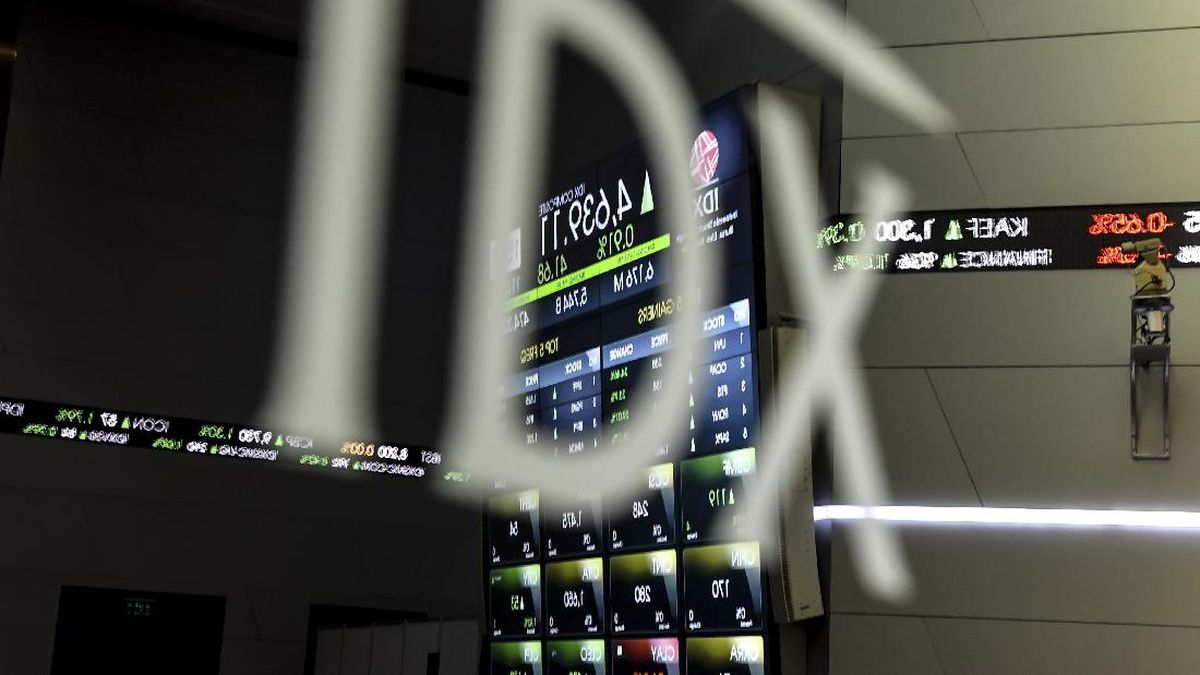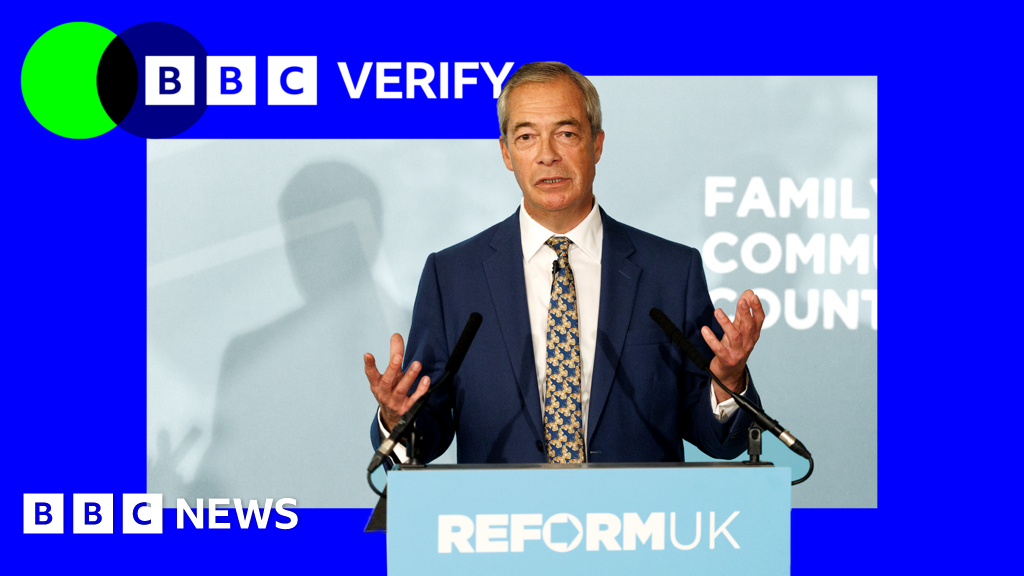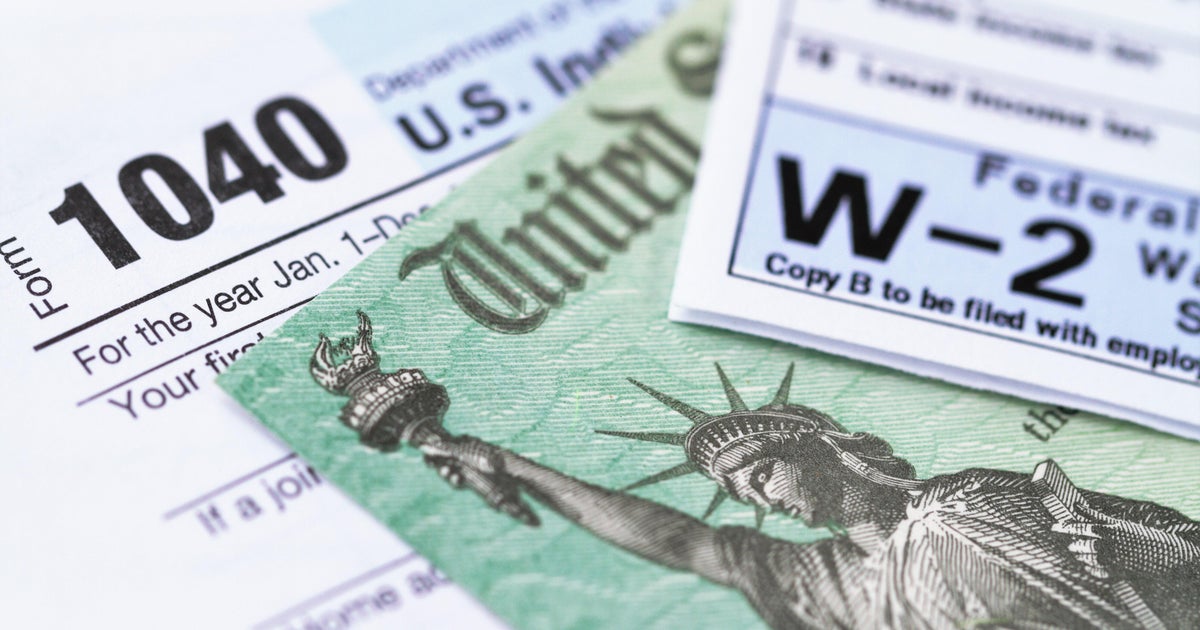By Matthew Lynn
October 14, 2025 — 4.43pm
It is lightly regulated. The size of the exposure is often unknown. And many of the loans are of remarkably low quality.
It remains to be seen whether we are in the middle of an epic financial bubble or not. We will only know for sure once we have the benefit of hindsight.
And yet, one point is becoming increasingly clear: if we are, it is not a soaring gold price or the crazy valuations of anything connected to artificial intelligence that will bring it crashing down to Earth. It is the murky world of shadow banking – and the signs of stress are already becoming alarmingly obvious to anyone who cares to look.

Are we hurtling towards the next crash?Credit: AP
With sharemarkets hitting record highs, and with the price of gold and its digital equivalent Bitcoin soaring, there are plenty of signs that the markets are going through a phase of what the former Federal Reserve chairman Alan Greenspan used to refer to as “irrational exuberance”.
And yet, the first cracks are also starting to appear. Investors have started selling off shares in some of the world’s largest money managers on fears that their vast holdings of “private credit” are an accident waiting to happen.
The value of giants such as Blackstone, KKR and Apollo have fallen by an average of 10 per cent or more over the last month even as the rest of the market hits fresh highs.
No one who is familiar with the long history of asset bubbles should be in the least surprised if the market starts to collapse, leaving a trail of wreckage in its wake.
The explanation? Investors are quite rightly worried about the vast portfolios of loans they have built up. Indeed, the UK’s Financial Conduct Authority last week warned of the need to be “vigilant” over the issue, while the collapse of the American auto parts supplier First Brands, with liabilities that may run as high as $US50bn ($78 billion), has exposed the losses that may be lurking within the system.
Over the last decade, the private equity and asset management firms have pushed aggressively into shadow banking, offering big loans to companies. According to an analysis by Morgan Stanley, private credit has grown into a $US3 trillion industry, with $US1 trillion of that added in the last five years alone.
Some of the jargon is complex, but in simple terms, the asset managers have turned themselves into corporate bankers. They are lending out lots of money to businesses.
Sure, it is often very profitable, which explains why the industry has grown so dramatically over the last few years. Interest rates are often 10 per cent or more, with another couple of percentage points in “arrangement fees”.
Loading
It is not hard to make money on that if your cost of capital is only 3 per cent or 4 per cent. The trouble is, it increasingly ticks all the boxes that identify a classic financial bubble.
To start with, the size of the exposure is unknown. True, we have estimates of how much money has been lent out through the shadow banking system. But there is a clue in the word shadow. It does not have the transparency of mainstream commercial banking, and that means no one can know for sure how much is outstanding.
Next, it is very lightly regulated. It has grown out of the private equity industry, which never had much oversight in the first place, and one of the reasons it has expanded so quickly is because traditional banks have had to comply with far more stringent rules on how much they can lend and to whom. Private credit does not have to worry about that.
Third, many of the loans are of poor quality. We are witnessing that already with the demise of First Brands, and we may well see many more times over the next year or two. A lot of the lending has been to private equity backed buyouts that are already loaded up with way too much debt, to commercial real estate developers, which are always high risk, or to start-ups that might have dazzling prospects but don’t yet make any profits.
In reality, every asset bubble is characterised by excessive lending hidden somewhere within the financial system.
Finally, and perhaps most importantly of all, there is lots of clever jargon to hide a simple fact. At its core, shadow banking is basically all about lending lots of cash to businesses that have weak balance sheets.
Of course, quite often you will have luck on your side, and the loan will be paid back in full, especially if the economy is expanding at a healthy enough rate. But quite a few of them will also turn out to be duds.
In reality, every asset bubble is characterised by excessive lending hidden somewhere within the financial system. In the 2010s it was sub-prime lending on mortgages that were repackaged to make them appear a lot safer than they really were.
Loading
In the 1980s, it was junk bonds, an industry that looks remarkably similar to private credit, which specialised in lending more and more cash to companies that were previously shut out of the market (and usually for good reasons).
In the 1970s, it was the Savings & Loans crisis in the US, and the secondary banking market in London.
The details always vary, but the core of the story is always the same. Standards are relaxed, the regulators are kept in the dark, and while there is some easy money to be made at the start, it all turns ugly very quickly as soon as the economy starts to run into trouble.
Sure, we don’t yet know if shadow banking will cause a crash. The likes of Blackstone and KKR may be able to manage their positions. They certainly have enough smart people, and they may be clever enough to rein back on the lending before it runs out of control.
And yet every bubble has hidden losses. It is becoming clear that shadow banking is where they are located this time around – and no one who is familiar with the long history of asset bubbles should be in the least surprised if the market starts to collapse, leaving a trail of wreckage in its wake.
The Telegraph, UK
The Business Briefing newsletter delivers major stories, exclusive coverage and expert opinion. Sign up to get it every weekday morning.
Most Viewed in Business
Loading


















































